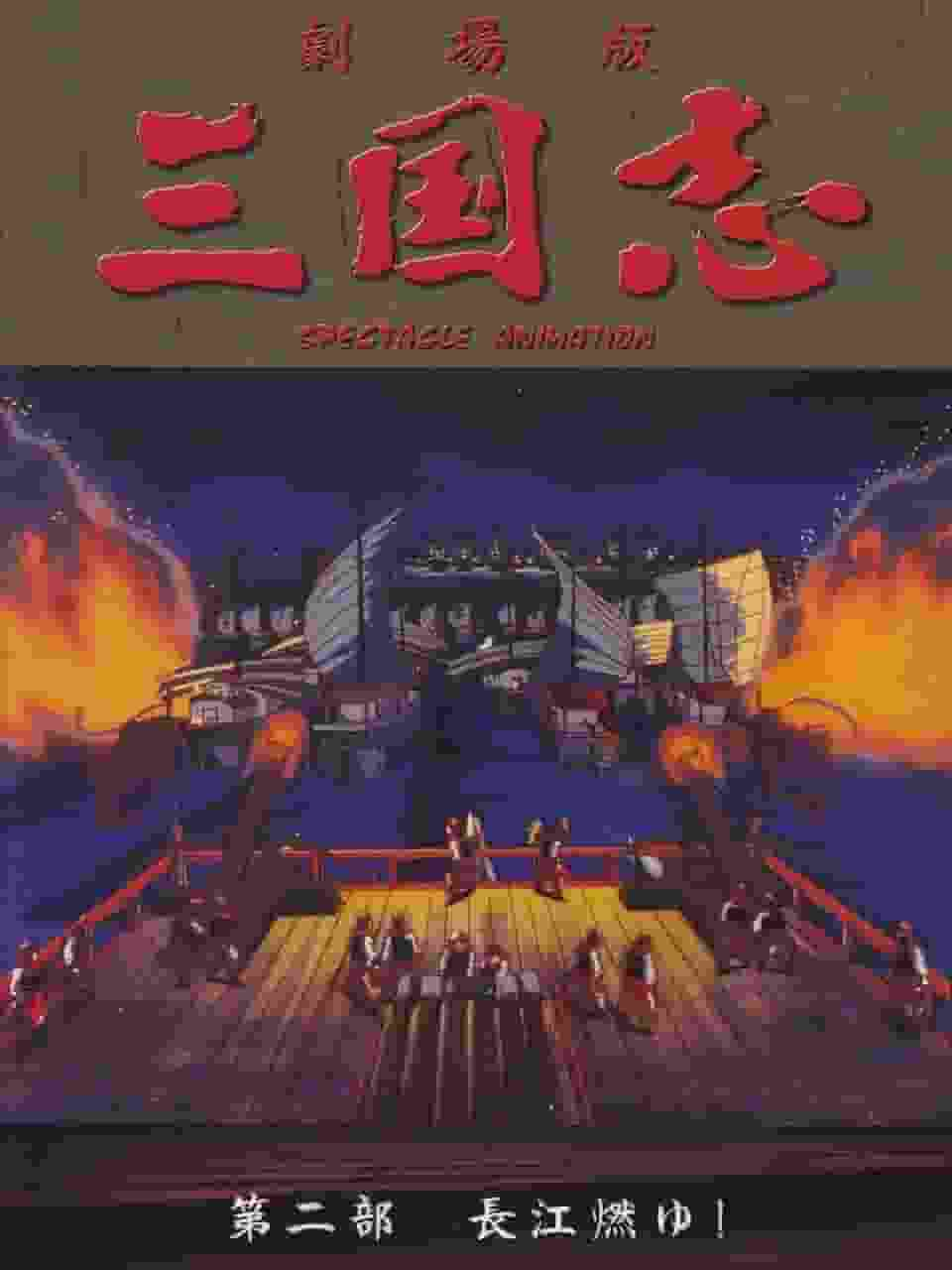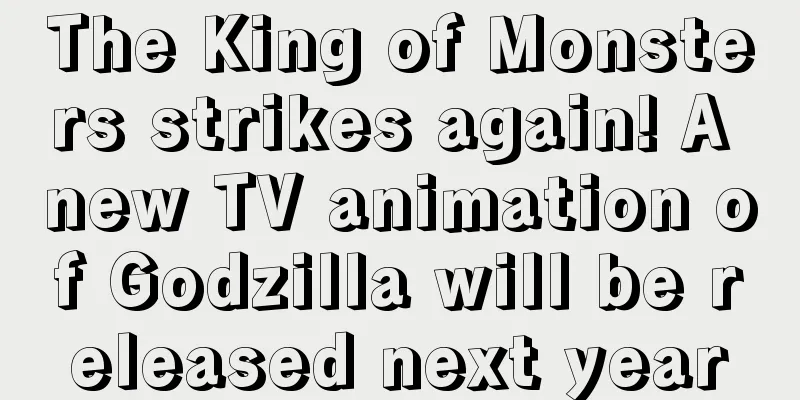"Romance of the Three Kingdoms Part 2" The Yangtze River Burns! ~A thorough analysis of the passionate battles and moving drama~

A comprehensive review and recommendation of "Romance of the Three Kingdoms [Part 2] The Yangtze River Burns!"Overview"Romance of the Three Kingdoms [Part 2] The Burning Yangtze River!" is a theatrical animation distributed by Toei that was released on March 20, 1993. This work is based on a historical Chinese biography and autobiography, and was produced as a 148-minute feature film. It was directed by Katsumata Guji, supervised by Masuda Toshio, and produced by Shinano Kikaku. story"Romance of the Three Kingdoms [Part 2] The Yangtze River Burns!" is a grand story set in the Three Kingdoms period of China. The protagonist Liu Bei Xuande (played by Teruhiko Aoi) strives to unify the world together with Guan Yu (played by Takeshi Aono) and Zhang Fei. Meanwhile, Cao Cao (played by Tetsuya Watari) tries to take control of the world with his powerful military force. The story depicts the battles that unfold across the Yangtze River and human drama. Cast and charactersThe film has a stellar cast, with each character's distinct personality. Aoi Teruhiko, who plays Liu Bei Xuande, realistically portrays Xuande as a gentle and popular leader. Aono Takeshi, who plays Guan Yu, powerfully portrays the hero as a loyal and courageous military commander. Watari Tetsuya, who plays Cao Cao, skillfully portrays the ambitious yet human Cao Cao. The performances of these actors bring out the charm of the characters. Staff and productionShinano Kikaku and Toei Animation are involved in the production of this film. Shinano Kikaku, which was in charge of production and planning, is skilled at depicting historical stories as animation, and their technical skills are on display in this film. Director Katsumata Guji is a director with extensive experience in historical animation, and his direction brings out the charm of the original work to the fullest. Furthermore, Kasahara Kazuo, who wrote the original story and wrote the screenplay, has succeeded in depicting a historical story as a theme that is relevant to the present day. Animation directors Kakuta Koichi and Matoba Shigeo have drawn the characters' movements and expressions with meticulous attention to detail, and art director Mukuo Takamura has created realistic depictions of the Yangtze River scenery and battlefields. Visuals and MusicThe visuals of this film are beautifully rendered, with the magnificent scenery of the Yangtze River and the fierce battle scenes. In particular, the scenes of the battleships reflected on the surface of the Yangtze River and the realistic depiction of the battlefield have the power to draw the audience into the world of the story. In addition, the music uses sound effects to liven up the dramatic scenes and beautiful melodies to express the characters' feelings, and the fusion of visuals and music enhances the appeal of the work. Ratings and Recommendations"Romance of the Three Kingdoms Part 2: Burning Yangtze" is a work that has succeeded in depicting a historical story as animation. The acting of the cast, the technical skills of the staff, and the fusion of images and music enhance the work's appeal. In particular, the realistic depiction of the Yangtze River scenery and battlefields leaves a strong impression on the audience. In addition, the human drama of the characters and the epic story of the goal of unifying the world are depicted as themes that are relevant to modern audiences. The reasons why I recommend this work are as follows:
"Romance of the Three Kingdoms Part 2: Burning Yangtze" is a work that can be enjoyed not only by fans of historical animation, but also by the general audience. It is especially recommended for those who are interested in China's Three Kingdoms period and those who want to enjoy a grand story. It is also recommended for those who want to pay attention to the acting of the cast and the technical skills of the staff. Please watch this work and enjoy the realistic depiction of the Yangtze River scenery and battlefields, as well as the human drama of the characters. Related informationThe film was released on March 20, 1993, and was produced as a feature-length film with a complete story in one episode. It was distributed by Toei, and produced and planned by Shinano Kikaku. The director was Katsumata Guji, the supervisor was Masuda Toshio, and the original story and script were written by Kasahara Kazuo. The animation directors were Tsunoda Koichi and Matoba Shigeo, and the art director was Mukuo Takamura. The cast includes Teruhiko Aoi as Liu Bei, Takeshi Aono as Guan Yu, and Tetsuya Watari as Cao Cao. The performances of these actors bring out the charm of the characters. Toei Animation was also involved in the production of this film, and in cooperation with Shinano Kikaku, which was in charge of production and planning, they succeeded in depicting a historical story as animation. Director Katsumata Guji is a director with extensive experience in historical animation, and has directed the film in a way that brings out the charm of the original work to the fullest. Furthermore, Kasahara Kazuo, who wrote the original story and script, has succeeded in depicting a historical story as a theme that is relevant to the present day. Animation directors Kakuta Koichi and Matoba Shigeo have drawn the characters' movements and expressions with meticulous attention to detail, and art director Mukuo Takamura has created realistic depictions of the Yangtze River scenery and battlefields. The film's visuals are stunning, depicting the magnificent landscapes of the Yangtze River and the fierce battle scenes. In particular, the scenes of battleships reflected on the surface of the Yangtze River and the realistic depictions of the battlefield have the power to draw the audience into the world of the story. The music also uses sound effects to liven up the dramatic scenes and beautiful melodies to express the characters' feelings, and the fusion of visuals and music enhances the film's appeal. "Romance of the Three Kingdoms Part 2: Burning Yangtze" is a work that has succeeded in depicting a historical story as animation. The acting of the cast, the technical skills of the staff, and the fusion of images and music enhance the work's appeal. In particular, the realistic depiction of the Yangtze River scenery and battlefields leaves a strong impression on the audience. In addition, the human drama of the characters and the epic story of the goal of unifying the world are depicted as themes that are relevant to modern audiences. The reasons why I recommend this work are as follows:
"Romance of the Three Kingdoms Part 2: Burning Yangtze" is a work that can be enjoyed not only by fans of historical animation, but also by the general audience. It is especially recommended for those who are interested in China's Three Kingdoms period and those who want to enjoy a grand story. It is also recommended for those who want to pay attention to the acting of the cast and the technical skills of the staff. Please watch this work and enjoy the realistic depiction of the Yangtze River scenery and battlefields, as well as the human drama of the characters. |
<<: The appeal and reviews of "Purple in the Sun": A must-see anime
Recommend
"Wish Dragon" Chinese dubbing trailer Jackie Chan voices the dragon
The Chinese dubbing trailer of the animated film ...
Jia Zhangke produces the suspense film "Memory" starring the White Witch, and releases a trailer for the demon's corpse 6,000 years ago
Directed by Apichatpong Weerasethakul and produce...
Breaking news: "Doctor Strange 2" will start shooting in the UK in November and will be released in 2022
Media person Charles Murphy broke the news: "...
Kabukicho Sherlock: The charm of mysteries woven by a modern detective
Kabukicho Sherlock - Kabukicho Sherlock - Reviews...
Gong Li confirmed to play Lang Ping in "Chinese Women's Volleyball Team" and Hui Ruoqi may be played by Guan Xiaotong
Gong Li is confirmed to star in the film "Ch...
The appeal and evaluation of "Ensemble Stars!": New possibilities for idol training games
Ensemble Stars! - Ensemble Stars - ■ Public Media...
Disney's live-action Pinocchio receives poor reviews
The live-action version of "Pinocchio",...
Mad-Eye Moody plays Trump in miniseries Comey's Rule
"Mad-Eye Moody" Brendan Gleeson plays U...
Fishing show "After School Seawall Diary" will be rebroadcast on July 7th. Beautiful girl loves fishing
The TV animation of "After School Seawall Di...
Kirsten Dunst: I would never say no to returning to Spider-Man
Kirsten Dunst, the first-generation Spider-Man gi...
DC's Doom Patrol Season 4 trailer to premiere on December 8
Today (October 10), HBO Max released the trailer ...
"Aquaman" is super popular in China, with box office exceeding 400 million in 44 hours
The DC superhero movie Aquaman directed by James ...
Detective Conan: The Phantom of Baker Street - Appeal and Review of the 6th Movie
Detective Conan: The Phantom of Baker Street - Mo...
Masato Sakai compared "Doraemon" to "Hagane Naoki", 80% Fat Tiger, 10% Suneo and 10% Nobita
The super popular Japanese drama "Hanzawa Na...
Chinese sci-fi "Shanghai Fortress" war special Lu Han and Shu Qi fight aliens
Today (July 12), the "War Special" of t...









